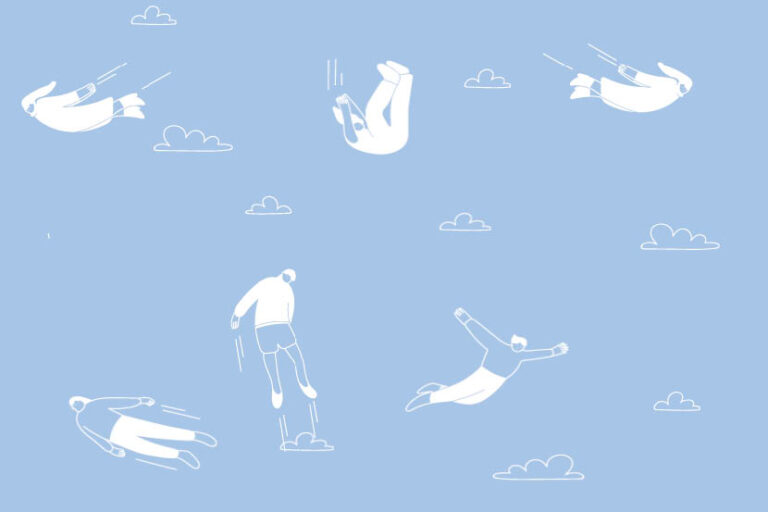
With a little practice we can learn to adopt a beginner’s mind, trust our instincts and let go of our expectations...
With a little practice we can learn to adopt a beginner’s mind, trust our instincts and let go of our expectations – then we can stop looking and start seeing. Read on to find out how you can become more mindful behind the lens…
We humans are a funny lot, from the moment we wake up in the morning we’re in a rush to complete everything on our ‘to do’ list before our head hits the pillow at night. We pride ourselves on our ability to multi-task: texting people while queuing in the supermarket, listening to music while driving, checking social media while eating. We measure the success of our day by how much we can cram into it. As we tackle each job, a voice shouts inside our head criticising, or occasionally praising, our every move.
As we stand in the supermarket queue we become aware of a rack of chocolate bars nearby. And the inner dialogue begins: “They look nice; I shouldn’t have one, but I’ve had a tough day. I can’t believe what happened in the meeting. That guy’s got it in for me. Maybe I should look for another job. I don’t want to let everybody down.” And so on.
But what has this to do with photography? Well, when our mind is preoccupied with thoughts about the past, or concerns about the future, we lose our connection with the present. If we stand before a mountain with our camera cocked and ready to go but our mind is distracted, there is no limit to the one-sided conversation we can have with ourselves. This self-talk can be destructive and takes up headspace that could be used for creative thoughts.
So how can we silence this inner critic? Well, we can’t, not entirely anyway. What we can do is turn the volume down a bit. Let’s return to the mountain for a minute. We’ve been standing there for a while, our feet are getting cold, and our mind is wandering. The diatribe is in full flow, “this is a waste of time. I haven’t taken anything decent yet. I need to go home with a few good shots or the day will have been a waste of time.” You get the idea.
When our mind drifts off like this, we have lost touch with our surroundings: the mountain, the clouds, the play of light on the peak. Our concentration has gone, and any moments of pure observation are virtually impossible.
To bring ourselves back to the present we need to recognise when our inner critic turns up, and roll out the welcome mat for him/her. If we try to stop the flow of thoughts, they will multiply, causing us more trouble. Our mind will go into overdrive. “Why can’t I stop thinking? Surely no one else struggles like this. I must be doing it wrong etc.” We humans are good at beating ourselves up.
As soon as we welcome the thoughts, we can start work. Our first job is to notice any emotions we attach to the thoughts. When we are waiting for the ‘right’ light, for example, do we feel impatient, happy, bored etc? Our inner voice is so keen to label every experience as either good or bad, worthy or wasteful, it’s hard to stay neutral. Having noticed these emotions, we need to practise letting go of them, without trying to change them or cling to them.
If our feet are cold, for example, we just say to ourselves “discomfort” and let the feeling pass. If we haven’t taken a decent picture all day, we just say to ourselves “disappointment” and let it pass. With practice, the number of thoughts and emotions should decrease, which allows creativity and fresh insights to float to the surface.
This article was originally published in Issue 2, Breathe Magazine – Small Wonders.


















